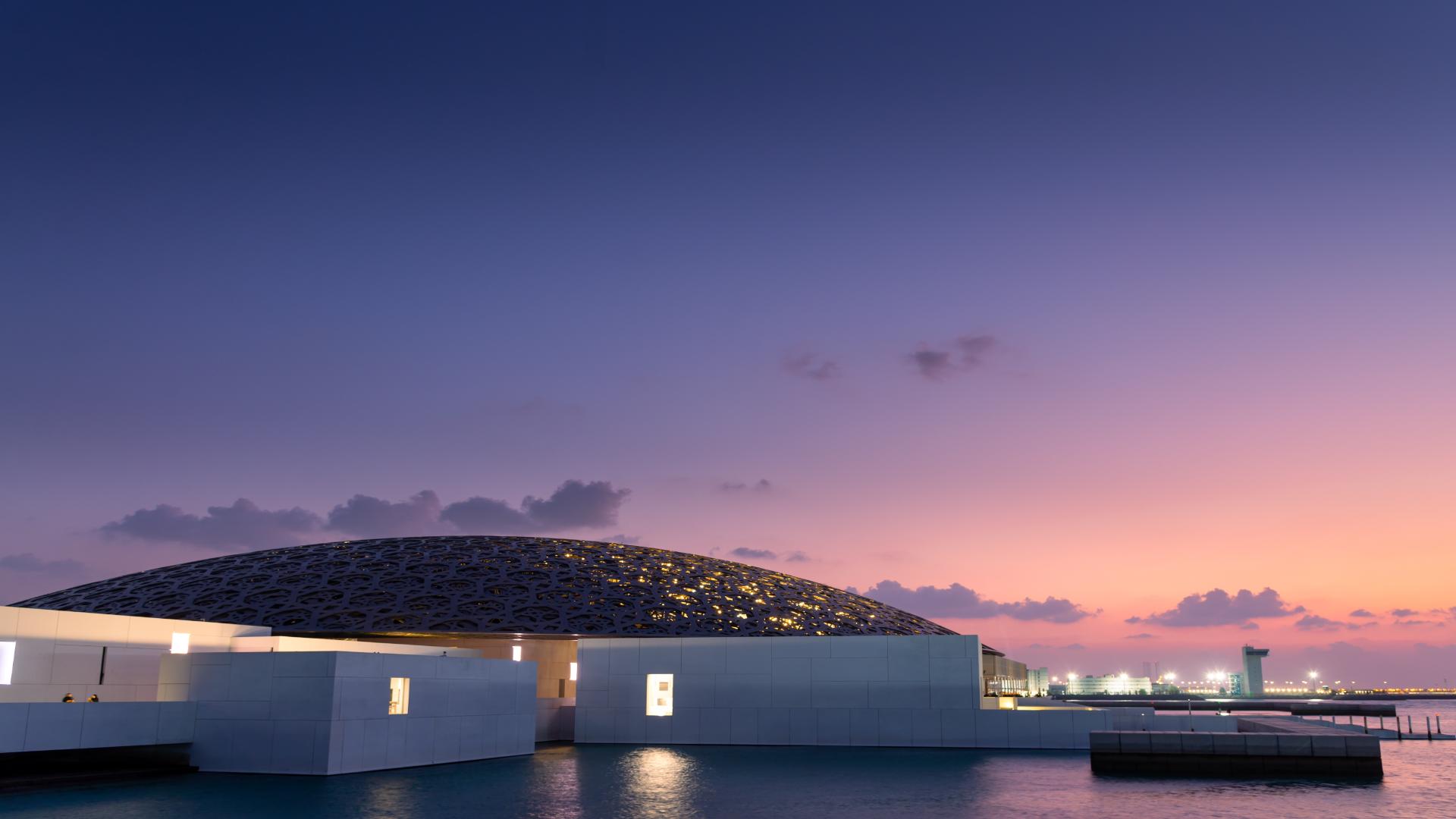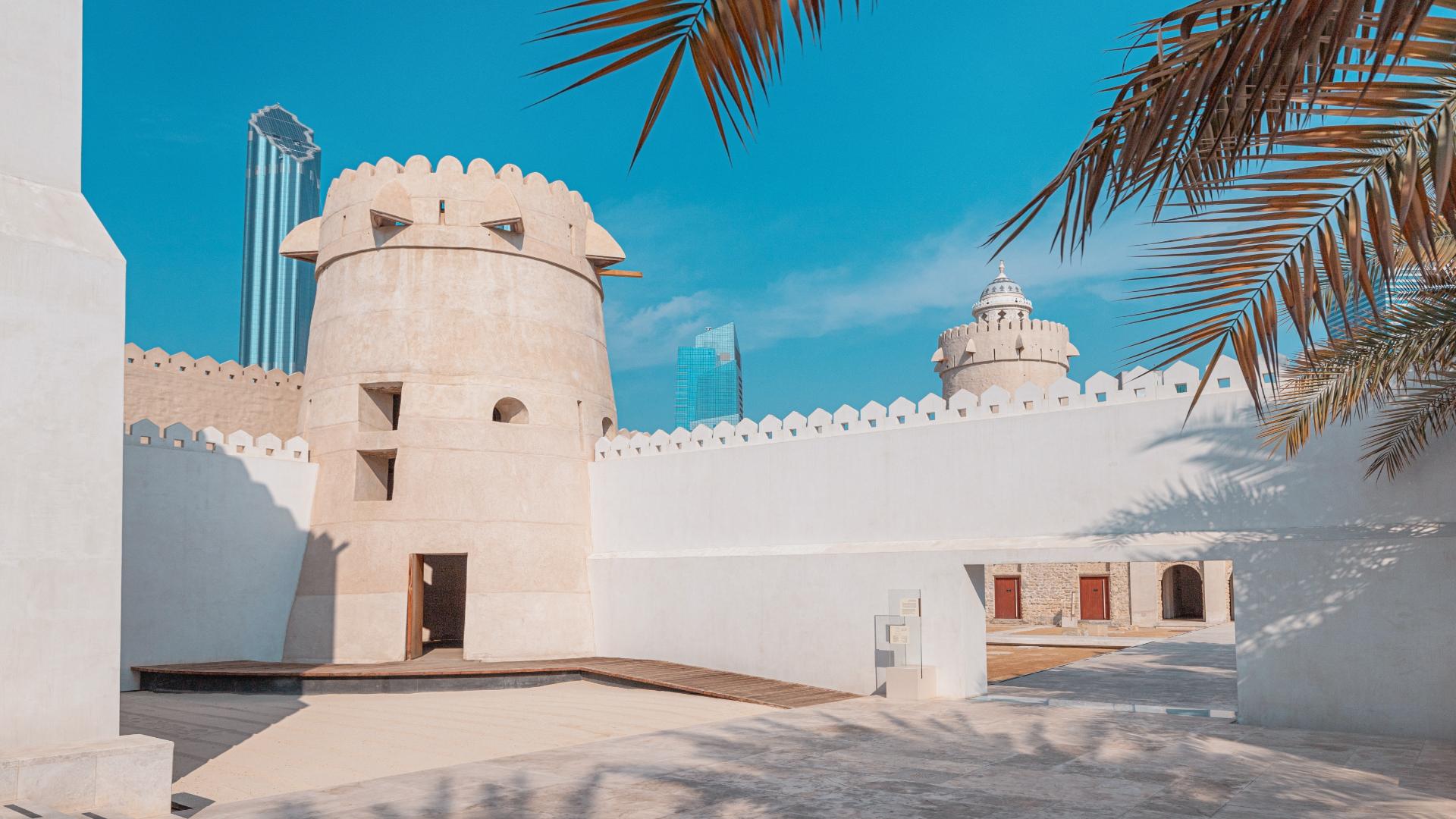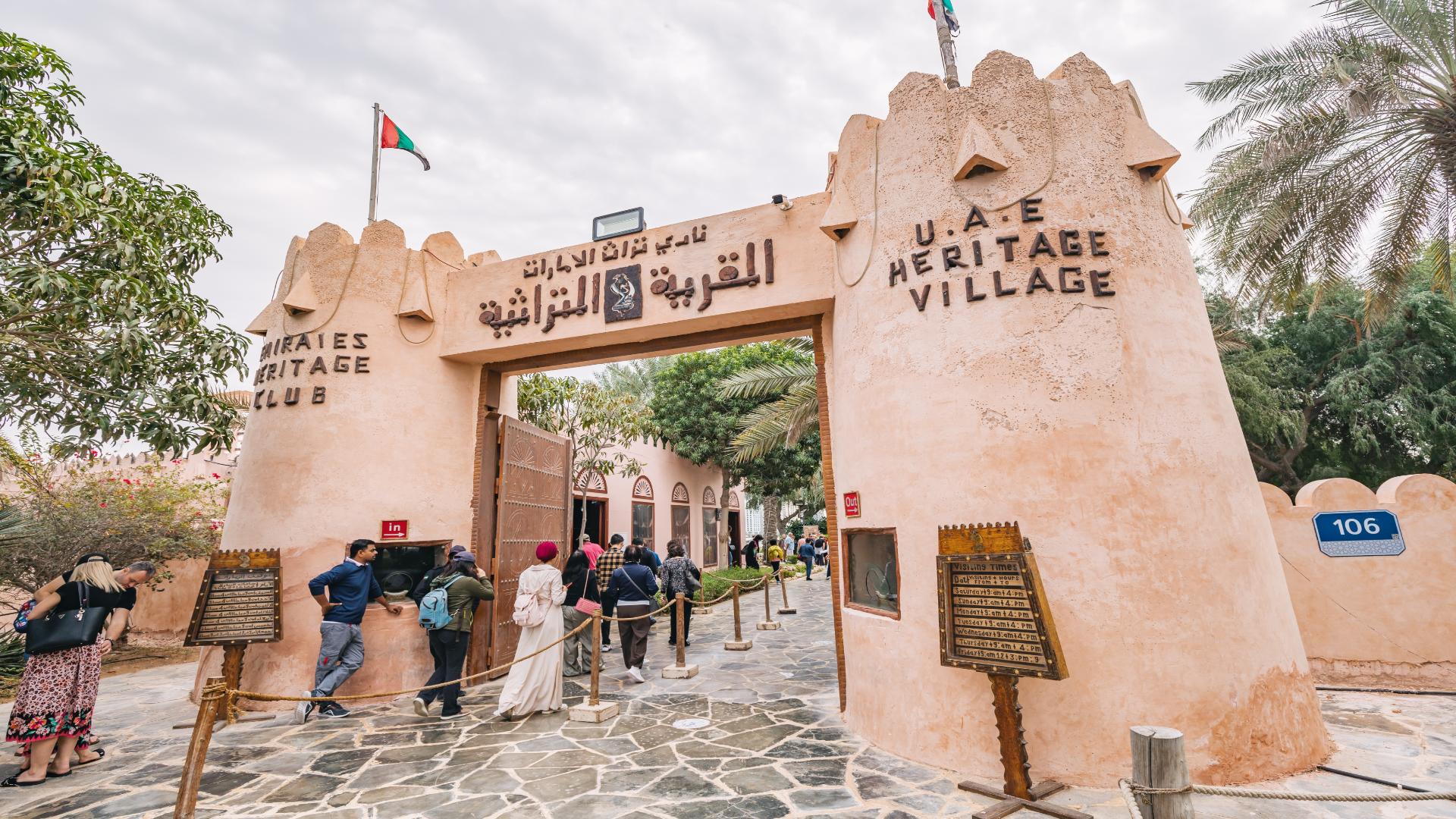
Why Abu Dhabi is the Cultural Capital of the UAE: Museums, Art & More
When most people think of Abu Dhabi, they picture sleek skyscrapers, luxury shopping, and the occasional Formula 1 car. But beneath the modern exterior lies something even more compelling culture. Abu Dhabi is where the soul of the UAE truly comes alive. Whether you’re an art lover, a history enthusiast, or simply looking to connect with the essence of the Emirates, this city offers a deeply enriching experience.
Discover World-Class Museums in Abu Dhabi
Abu Dhabi’s museum scene is among the most sophisticated in the region, blending historical
preservation with cutting-edge architecture and curatorial vision. The museums here don’t just
display artifacts—they tell stories that bridge the past, present, and future of the UAE and the world.
Louvre Abu Dhabi: Opened in 2017, this museum represents a landmark partnership between France and the UAE. The structure, designed by Jean Nouvel, is famous for its “rain of light” dome and houses global masterpieces spanning civilizations. The museum’s universal approach reflects Abu Dhabi’s role as a crossroads of cultures.
As the Arab world’s first universal museum, it has rapidly gained international acclaim for both its architecture and its inclusive storytelling.
- The permanent collection features everything from Mesopotamian sculpture and Renaissance paintings to contemporary Arab art.
- The Children’s Museum offers rotating exhibits designed specifically for younger audiences to explore concepts like creativity, emotions, and design through hands-on activities.
- The outdoor spaces and seaside views offer a tranquil escape, blending nature with culture in a serene setting that encourages reflection.

Etihad Museum Exhibits: While the museum itself is based in Dubai, mobile or temporary displays from the museum may occasionally be part of collaborative events or heritage initiatives in Abu Dhabi’s cultural institutions, offering historical insights into the union of the Emirates and the formation of the modern nation.
Explore the Iconic Qasr Al Hosn: Qasr Al Hosn is more than just the oldest standing building in Abu Dhabi, it is the birthplace of
the capital. Originally built as a watchtower in the 1760s to protect the only freshwater well on Abu Dhabi Island, it later expanded into a fortress and royal residence.
- The museum wing provides a chronological journey through Abu Dhabi’s transformation, from tribal settlement to thriving metropolis.
- The House of Artisans, located on-site, is a working heritage hub offering live demonstrations of Talli embroidery, Al Sadu weaving, and Khoos palm frond weaving.
Visitors can also enjoy seasonal festivals, like Qasr Al Hosn Festival, which features traditional dance, storytelling, falconry, and Emirati cuisine.

Qasr Al Muwaiji: Qasr Al Muwaiji is a historic fort located in Al Ain, a city that is part of the Emirate of Abu Dhabi. It holds immense cultural and political significance as the birthplace and former residence of Sheikh Khalifa bin Zayed Al Nahyan, the late President of the UAE. This historic fort has been transformed into a modern museum. Its exhibitions detail the childhood of Sheikh Khalifa bin Zayed and the fort’s strategic importance. Originally constructed in the early 20th century, the fort is an excellent example of traditional Emirati mudbrick architecture, featuring high towers, courtyards, and defensive walls. It’s also an interactive museum; inside the fort is a modern exhibition space that uses photographs, artifacts, video displays, and augmented reality to narrate the life of Sheikh Khalifa, the history of the Al Nahyan ruling family, and the role of the fort in the governance and development of Al Ain.

Qasr Al Watan – The Presidential Palace of the UAE: Meaning “Palace of the Nation,” it is a working presidential palace and a monumental symbol of governance, knowledge, and Emirati heritage. Located within the Presidential Palace compound in Abu Dhabi, it opened to the public in 2019 and is now one of the most awe-inspiring cultural attractions in the UAE.
Highlights Inside the Palace:
- The Great Hall: An architectural masterpiece featuring a 100-meter dome, intricate mosaics, marble flooring, and towering arches—perfect for photos and sheer admiration.
- Spirit of Collaboration Room: The official meeting hall for the Federal Supreme Council, GCC, and international delegations. Visitors can explore how diplomacy is conducted in the UAE.
- The House of Knowledge: Displays rare manuscripts, ancient texts, and gifts from foreign dignitaries, showcasing the UAE’s commitment to learning and cultural exchange.
- Presidential Gifts Collection: A unique exhibit featuring diplomatic gifts received from world leaders—each with cultural and symbolic significance.
- The library: A knowledge hub with over 50,000 books covering Arab civilization, governance, science, and more. Scholars and visitors can explore digital archives and multilingual texts.
- The Palace in Motion Show: Every evening, Qasr Al Watan lights up its façade with a stunning 15-minute light and sound show called Palace in Motion. It tells the story of the UAE’s past, present, and future through immersive projection mapping.

Future Projects to Look Forward To
- Zayed National Museum: Situated on Saadiyat Island, this museum is dedicated to the legacy of Sheikh Zayed bin Sultan Al Nahyan, the UAE’s founding father. It will showcase themes of sustainability, leadership, and heritage through immersive galleries and interactive design
- Guggenheim Abu Dhabi: Guggenheim Abu Dhabi is an upcoming flagship contemporary art museum set to open on Saadiyat Island, Abu Dhabi. It will be part of the prestigious Guggenheim Foundation’s global network, which includes institutions in New York, Bilbao, and Venice. At 30,000 square meters, it is set to be larger than the Guggenheim Museum in New York. Expected to open in 2025–2026, according to the Department of Culture and Tourism – Abu Dhabi
- Maritime Museum Abu Dhabi: A future cultural standout within the Saadiyat Cultural District, the museum is designed by renowned Japanese architect Tadao Ando to celebrate the UAE’s deep maritime heritage. It aims to enhance the island’s cultural cluster alongside Louvre Abu Dhabi, Guggenheim, and Zayed National Museum. the Maritime Museum will offer visitors a deep dive into the history of the Arabian Gulf, where life was once centered around the sea. From ancient fishing practices to pearl diving and trade routes that connected East and West, the museum will explore how the ocean shaped the identity, economy, and culture of the Emirates.
Travel tip: Most major museums are located on or near Saadiyat Cultural District, making it easy to explore multiple cultural attractions in one day.
Step Back in Time with Heritage Attractions in the UAE
Abu Dhabi is deeply committed to preserving its Bedouin roots, and it offers several immersive
destinations that transport visitors to the UAE’s pre-oil era.
Heritage Village: Located near Marina Mall, this open-air museum replicates a traditional Emirati settlement. Here you’ll find artisans weaving fabric, crafting pottery, and offering demonstrations of falconry and pearl diving.

Bait Mohammed bin Khalifa: A 1950s-era home in Al Ain, recently restored and reopened as a cultural center. It hosts rotating exhibitions, artist residencies, and community-led storytelling projects.
Al Jahili Fort: Built in the late 19th century to protect the city and its precious palm groves, the fort now serves as a museum. It also houses an exhibition on the British explorer Wilfred Thesiger’s journeys across the Rub’ al Khali (Empty Quarter).
Al Qattara Arts Centre: This center merges archaeology and art in an inspiring way. Built atop a historic souq, it includes exhibition halls, music classes, studios, and a gallery space celebrating contemporary and traditional Emirati art. The arts center often runs pottery and calligraphy workshops great for families and art lovers.
Al Ain Oasis: Located in the city of Al Ain, the oasis is a UNESCO World Heritage Site that spans over 1,200 hectares. This lush oasis contains more than 147,000 date palms. Discover more than 100 species of plants and trees, including mango, fig, jujube, and orange, cultivated using ancient techniques. Visitors can walk shaded pathways and learn about the falaj irrigation system, a traditional method that has been in use for over 3,000 years. These trails are not only for walking, but also ideal for cycling, which gives another fun way to explore the oasis. It also features restored traditional structures like mudbrick buildings, farmhouses, and watchtowers, all of which reflect the historical oasis life. Al Ain Oasis is more than a green space—it’s a living symbol of sustainability, resilience, and tradition in the UAE. It’s a must-see for visitors seeking a deeper understanding of the country’s agricultural heritage and ecological ingenuity
Abu Dhabi isn’t just a destination, it’s a living, breathing cultural experience that connects the ancient with the modern, the local with the global. With its world-class museums, thoughtfully restored heritage sites, and celebration of Emirati traditions, it rightfully earns its title as the Cultural Capital of the UAE.
Ready to experience the cultural side of Abu Dhabi with expert guidance? Galaxia Tours specializes in thoughtfully curated cultural itineraries, helping you discover world-class museums, historic landmarks, and hidden gems across the capital. Let Galaxia lead the way.